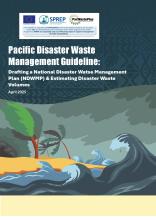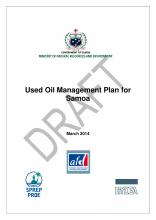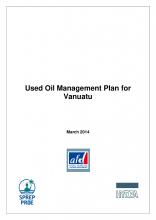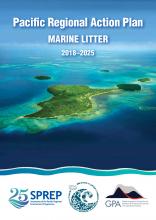Pacific disaster waste management guideline: drafting a national disaster waste management plan (NDWMP) & estimating disaster waste volumes, April 2025


SPREP Publications, Waste Management and Pollution Control
Available Online
Disasters in the Pacific region have had, and continue to have, significant economic, social and productivity impacts. Consequently, disaster preparation including management of disaster generated waste is one of the most important regional actions for climate change adaptation.[1] However, there are significant challenges in effectively managing disaster wastes due to the adverse social, environmental, economic and health impacts caused by a disaster event. The Purpose of this Guideline is to (i) Enable Pacific communities to prepare for the management of wastes generated by disasters; and (ii) Manage the safe, environmentally responsible, efficient and lawful recovery and disposal of disaster waste materials. The guideline focuses on the management of hazardous and non-hazardous solid wastes arising from natural disasters. These wastes include: Debris generated by damaged and demolished property and infrastructure; Materials used during the disaster response stage (e.g. sandbags/barriers);Relief waste generated during the response and recovery phases (e.g. unwanted donated goods, healthcare waste); and Agricultural waste (including animal carcasses) resulting from the disaster event.







